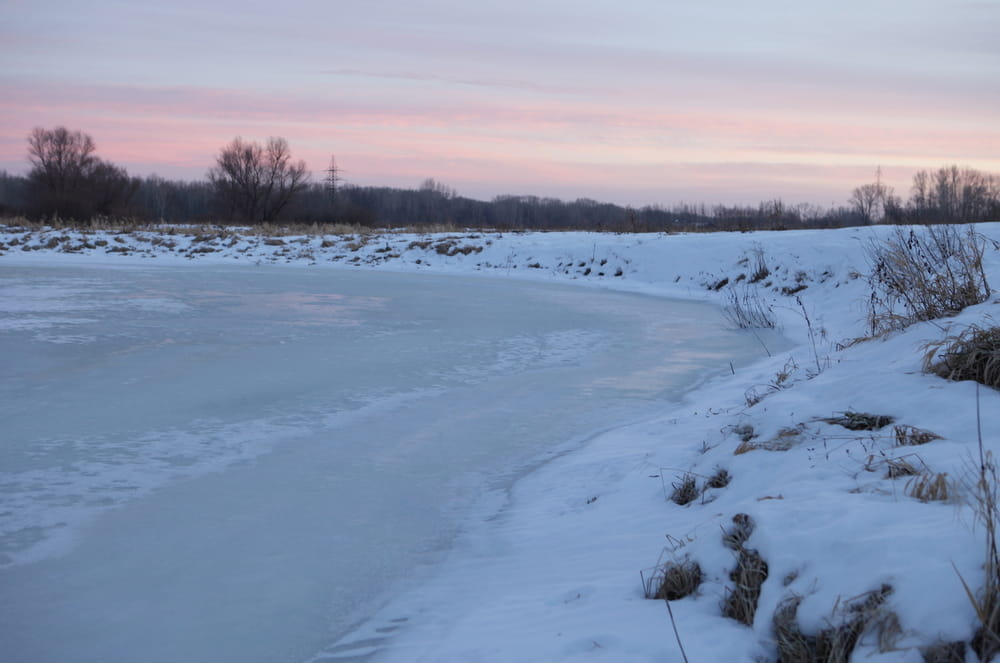Having barbecues in the garden should be safe and enjoyable, but it’s all too easy to be distracted by friends and family while you’re cooking.
Never pour petrol, meths or other accelerants on to a barbecue. Some of the worst barbecue-related burns we see happen when people do this and the barbecue ‘explodes’ in their face.
- make sure your barbecue’s in good working order
- always barbecue on a flat site, well away from sheds, fences, trees or shrubs
- keep children, garden games and pets well away from the cooking area
- never leave the barbecue unattended
- keep a bucket of water or sand nearby for emergencies
- ensure the barbecue is cool before moving it
- use only enough charcoal to cover the base, to a depth of about 50mm (2 inches)
- only use recognised fire-lighters or starter fuel, and only on cold coals – use the minimum necessary and never use petrol
- never put hot ashes straight into a dustbin or wheelie bin – they could melt the plastic and cause a fire
- don’t use it indoors, in a tent or in an enclosed space. There’s a risk of carbon monoxide poisoning, even when extinguished


Gas BBQ’s
- make sure the tap is turned off before changing the gas cylinder
change cylinders outdoors if possible, or in a well-ventilated area - if you suspect a leak to the cylinder or pipework, brush soapy water around the joints and watch for bubbles – tighten to fix, but do not overtighten
- after cooking, turn off the gas cylinder before turning off at the controls to ensure any residual gas in the pipework is used up
- Never take a smouldering or lit BBQ (charcoal or gas) into a tent, caravan or cabin. Even if you have finished cooking your BBQ will still give off fumes for some hours after use
- When you have finished cooking, turn off the gas cylinder before you turn off the BBQ controls – this means any gas in the hose and pipework will be used up.
Carbon Monoxide
Carbon Monoxide is a highly poisonous gas, created when fuels such as natural gas, wood and charcoal fail to combust fully, due to a lack of oxygen. You can’t see it, taste it or smell it, but it can kill quickly with no warning. For further information see our carbon monoxide page.





